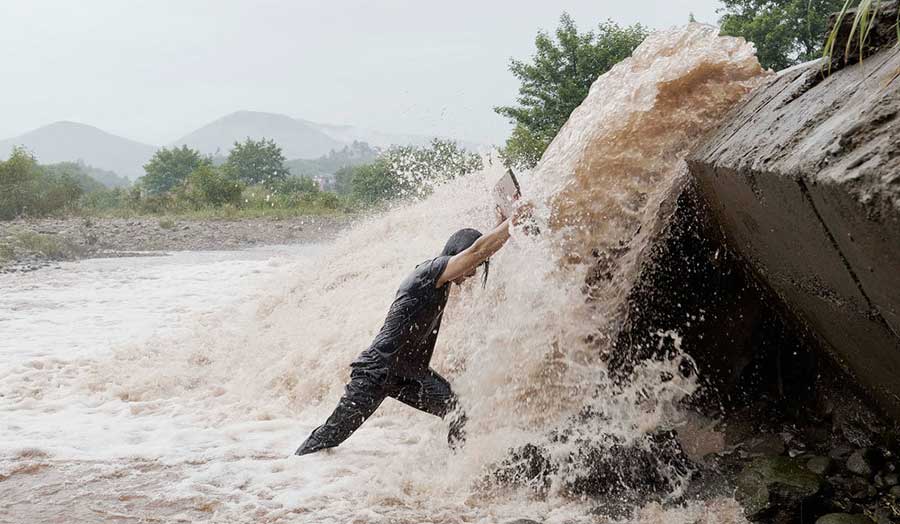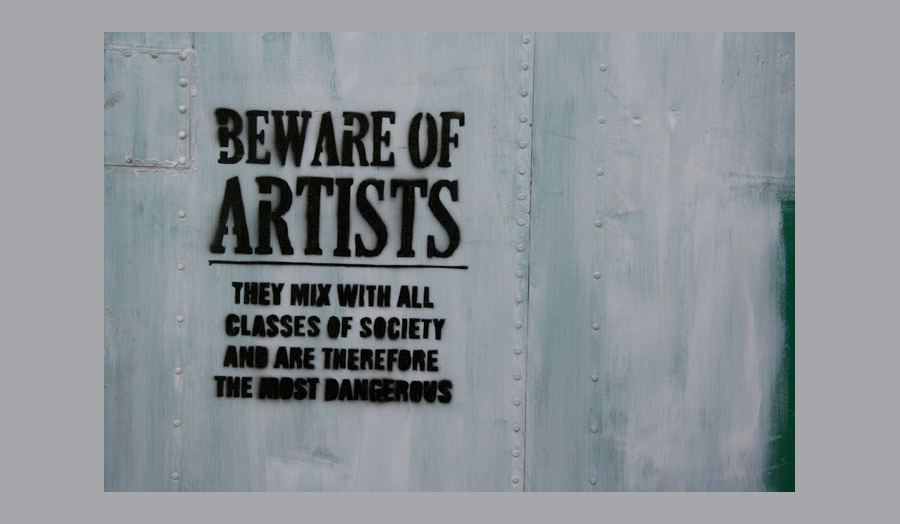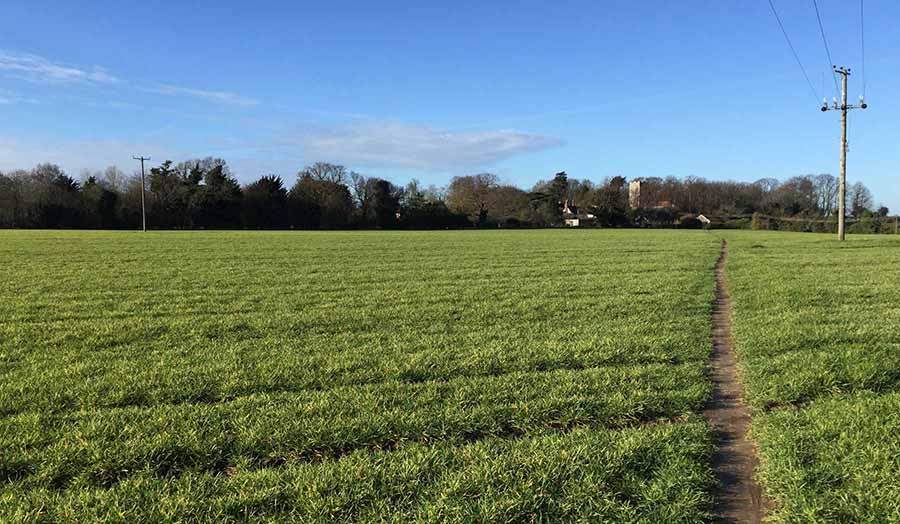Studio brief
In the time of Athens
the girls would laugh in the doorways of squat little houses all the same
(as in the poor quarters of Rio);
houses along avenues filled, at the time,
with the fragrance (you couldn’t remember the name) of lindens.
Pier Paolo Pasolini, Athens (1971)
This studio prescribes a direct treatment of place, whether subjective or objective. We will not engage with ideas abstractly, but with ideas as they are manifested in places—small-scale locales that are defined by a unique characteristic or condition; eg event, myth, ritual, conflict, etc.
The place you choose to write about may be:
- delineated or strictly defined, like the crypt of a church or with abstract boundaries, like an edge or neighbourhood of a city
- actual, like these abandoned industrial cities in China; fictional, like the background in a painting; mythical; notional or internalized, like Dublin in Joyce’s Ulysses or Freud’s Rome; or hyperreal, like a theme park in Beijing
- hard-edged, cordoned off or permeable
- a type of place (part of a series of similar-function spaces/places), like a Japanese bath house or a Parisian arcade
- with a distinct history, like the Beirut Green Line or without meaningful reference to the past, like the non-places described by Marc Augé
- non-extant (ie having once existed but now disappeared)
Places do not remain fixed in time; they have temporal layers—they are repositories of human endeavour and investment. You will investigate place-defining features, such as the following:
- geography, geology and natural history
- populations, permanent and temporary; identities; anthropological and ethnographic studies
- histories and cultures (and archives of histories and cultures)
- collective memory, monuments, ‘imagined geographies’ and ‘imagined communities’
- local economies and ecologies; industries, services, natural resources, archaeologies and material culture
- borders and boundaries; realms and domains; movement and migrations
- events: historic, unique, sporadic, periodic, unforeseeable; eg rituals, festivals, etc.
- performativity—how a place performs; how it is represented in popular culture or sub-cultures, in films, texts and other artifacts
- erasure and creation of place: places that are erased or created on human command, rather than over time
Over the summer:
- Explore the above links for inspiration.
- Choose the place you want to investigate. Start reading and recording your thoughts. Consider which of the place-making and place-defining features mentioned above you would like to explore.
- Register as a reader in the British Library. Visit it and familiarize yourself with how it works. Start exploring their collections and find relevant material.
Note: Studio 1 also accepts topics which are not about place, if you think that the exploration and understanding of a specific place can aid the investigation of your topic.
Image: Paul Klee, Episode at Kairouan, 1920
-(1)-(1)-(1).jpg)
Details
| Tutor | Ektoras Arkomanis |
|---|

-(1).jpg)


-(1).jpg)









